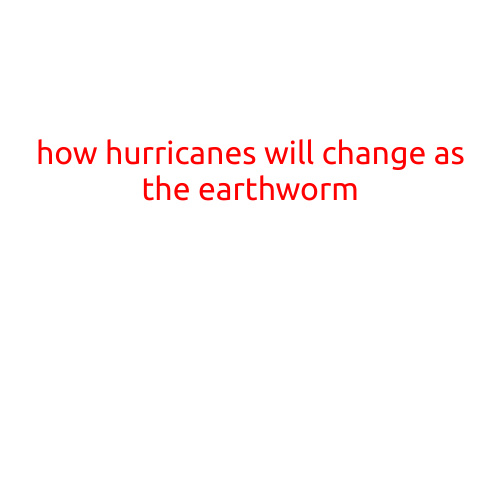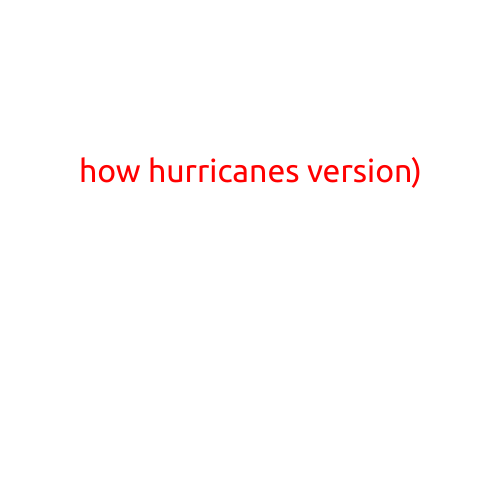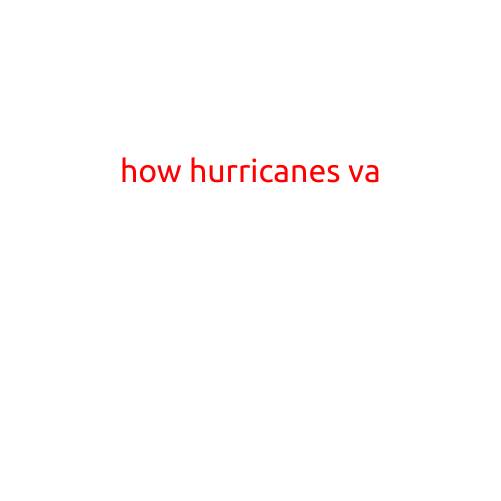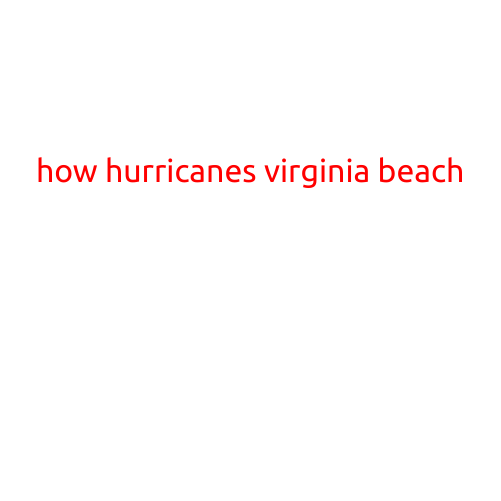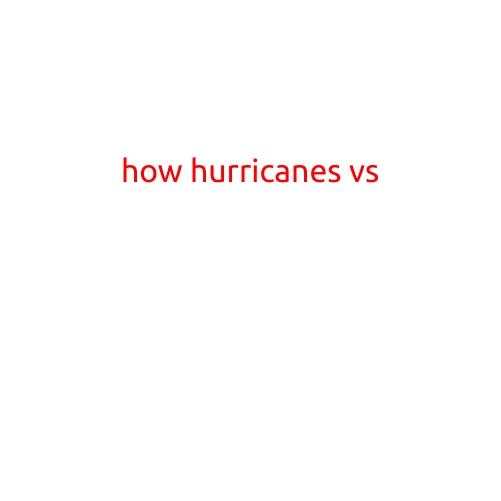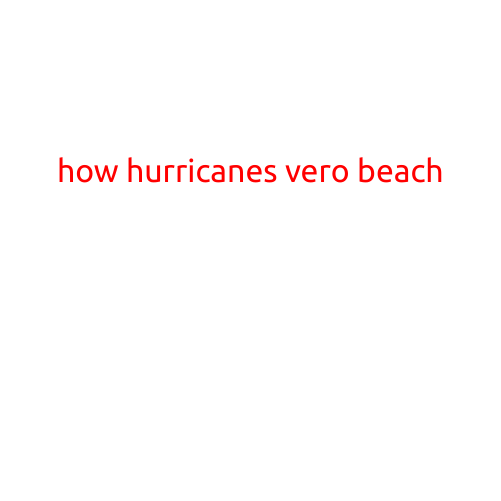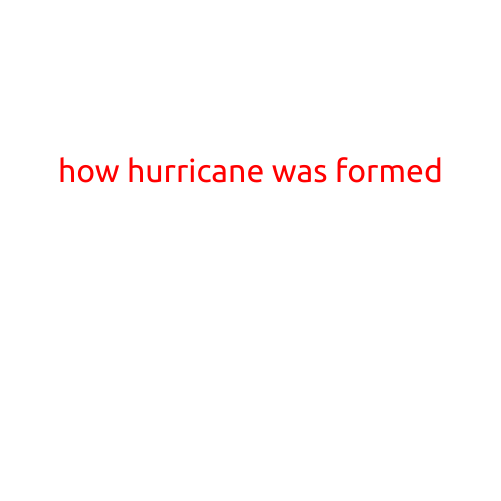
How Hurricane was Formed
Hurricanes are powerful tropical cyclones that form over warm ocean waters, bringing strong winds, heavy rainfall, and catastrophic damage to coastal communities. But have you ever wondered how these massive storms come to be? In this article, we’ll delve into the fascinating process of how hurricanes are formed.
The Right Ingredients
Hurricanes need a specific set of conditions to form. The first ingredient is warm ocean water. The surface temperature of the water needs to be at least 80°F (27°C) to a depth of about 150 feet (46 meters). This warm water heats the air above it, causing it to rise and create an area of low pressure.
The second ingredient is a pre-existing weather disturbance. This can be a cluster of thunderstorms, a tropical wave, or even a low-pressure system. As the disturbance moves over the warm ocean water, it begins to strengthen.
The Formation Process
The formation process of a hurricane is a complex and intricate dance of atmospheric and oceanic conditions. It typically unfolds in the following stages:
- Tropical Disturbance: As the weather disturbance moves over the warm ocean water, it starts to develop into a tropical disturbance. This is characterized by a cluster of thunderstorms and strong winds.
- Tropical Depression: As the tropical disturbance strengthens, it becomes a tropical depression. A tropical depression is a rotating system of clouds and thunderstorms that has sustained winds of 38 mph (61 km/h) or less.
- Tropical Storm: If the tropical depression continues to strengthen, it becomes a tropical storm. A tropical storm has sustained winds of 39-73 mph (63-118 km/h) and is classified as a “named” storm.
- Hurricane: If the tropical storm continues to strengthen, it becomes a hurricane. A hurricane has sustained winds of 74 mph (119 km/h) or higher and is characterized by strong winds, heavy rainfall, and storm surge.
The Role of Wind Shear
Wind shear, which is a change in wind direction and speed with height, plays a crucial role in hurricane formation. Low wind shear allows hurricanes to develop and intensify by allowing the thunderstorms to organize and strengthen. High wind shear, on the other hand, can disrupt the formation of hurricanes by causing the thunderstorms to dissipate and the winds to become more chaotic.
The Role of Upper-Level Conditions
Upper-level conditions also play a critical role in hurricane formation. Hurricanes need a pre-existing upper-level trough, which is a bend in the jet stream, to lift the storm up and allow it to strengthen. This upper-level trough acts as a “fuel” for the hurricane, allowing it to intensify and become more powerful.
The Final Stage
Once a hurricane has formed, it can continue to strengthen or weaken depending on the surrounding conditions. Hurricanes can strengthen by feeding off warm ocean water and gaining energy from the warm sea surface temperatures. They can weaken by encountering cooler ocean waters, stronger wind shear, or other environmental factors.
In conclusion, the formation of a hurricane is a complex and fascinating process that involves a combination of atmospheric and oceanic conditions. By understanding the ingredients and the stages of hurricane formation, we can better predict and prepare for these powerful storms.
